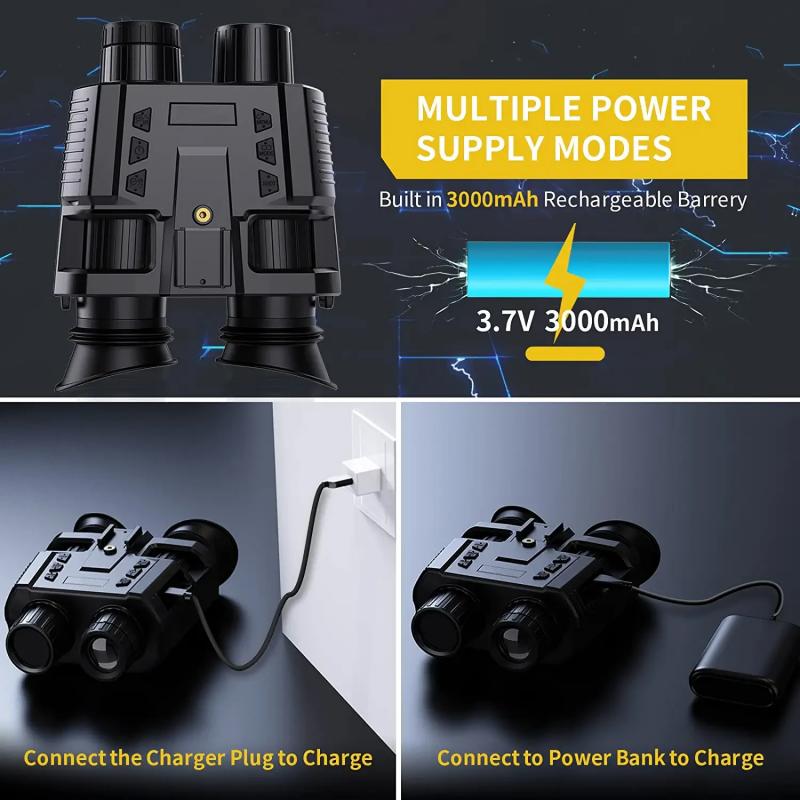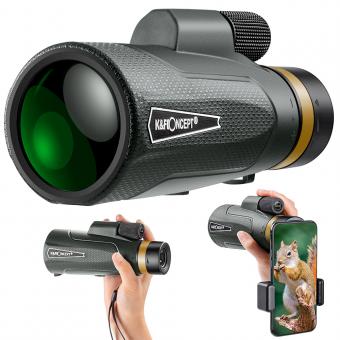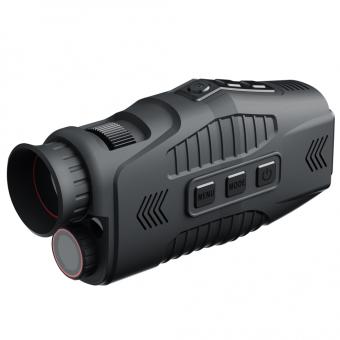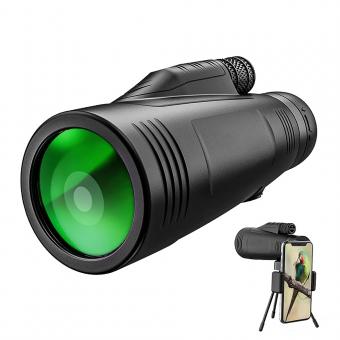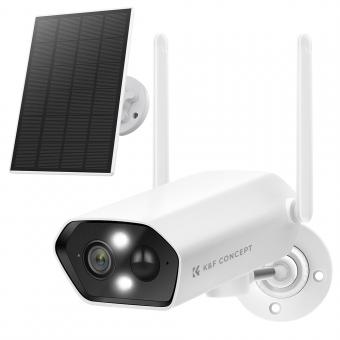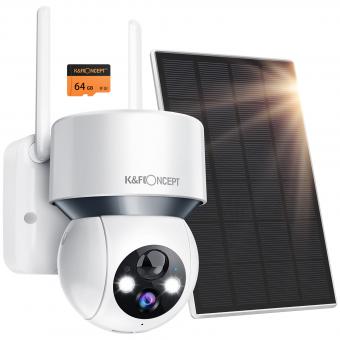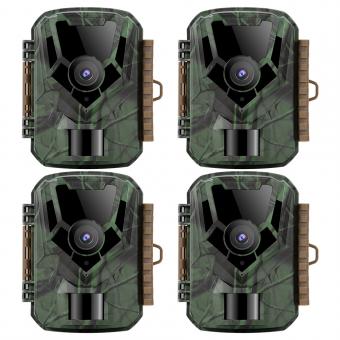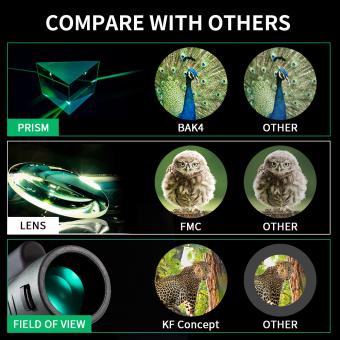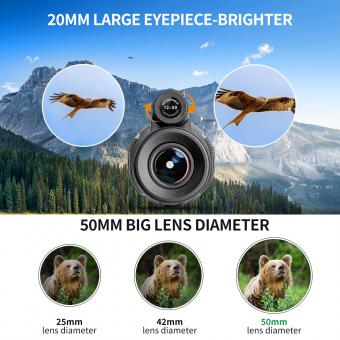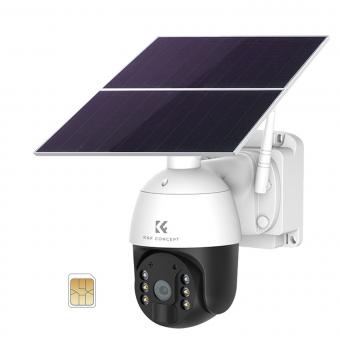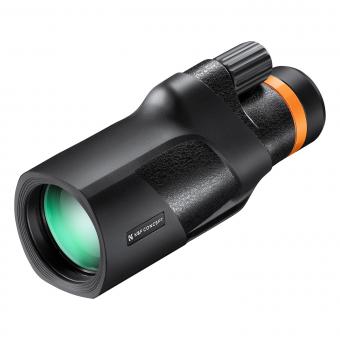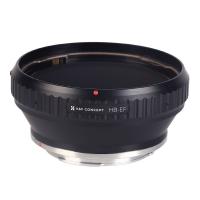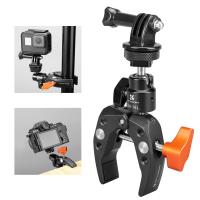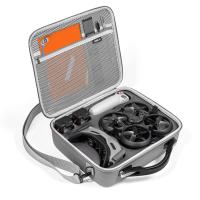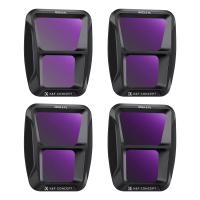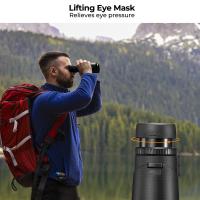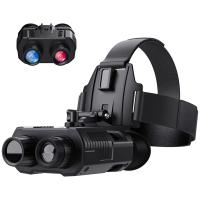What Is The Advantage Of Monocular Vision ?
Monocular vision provides several advantages. It allows for a wider field of view, as each eye can see different parts of the environment. This enables better peripheral vision and the ability to detect objects from different angles. Monocular vision also enhances depth perception, as the brain can compare the slightly different images from each eye to estimate distances accurately. Additionally, monocular vision provides redundancy, as losing vision in one eye does not result in complete loss of visual perception. This redundancy can be crucial for safety and survival in certain situations.
1、 Depth perception
The advantage of monocular vision is depth perception. Depth perception refers to the ability to perceive the distance and three-dimensional aspects of objects in our environment. It allows us to accurately judge the distance between objects, which is crucial for tasks such as catching a ball, driving a car, or navigating through a crowded space.
Monocular vision, which is the ability to perceive depth using only one eye, provides several advantages. One advantage is that it allows for a wider field of view. With two eyes, there is a small area where the fields of view of both eyes overlap, called the binocular vision zone. Beyond this zone, each eye sees a slightly different perspective, which helps in depth perception. However, monocular vision allows us to see objects outside of this binocular zone, expanding our overall field of view.
Another advantage of monocular vision is its ability to provide depth cues. Depth cues are visual cues that help us perceive depth and distance. Monocular cues, such as relative size, texture gradient, and motion parallax, can be used to estimate depth even with one eye. For example, objects that are closer appear larger, while objects that are farther away appear smaller. This size difference provides a depth cue that helps us judge distances.
Recent research has also shown that monocular vision can be enhanced with the use of technology. Virtual reality (VR) headsets, for instance, can provide a simulated binocular vision experience by presenting slightly different images to each eye. This technology can improve depth perception and create a more immersive and realistic virtual environment.
In conclusion, the advantage of monocular vision is depth perception. While binocular vision provides more accurate depth perception within a limited field of view, monocular vision offers a wider field of view and can still provide depth cues through various monocular cues. Additionally, advancements in technology, such as VR, can further enhance monocular vision and improve depth perception.
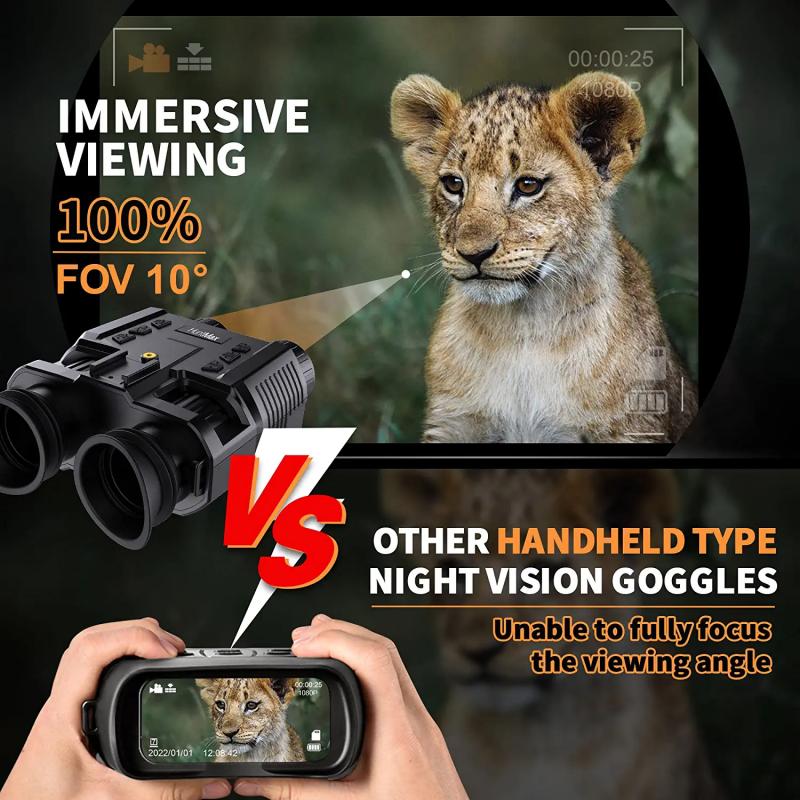
2、 Wide field of view
The advantage of monocular vision lies in its wide field of view. Monocular vision refers to the ability to perceive depth and distance using only one eye. While binocular vision, which involves the use of both eyes, provides better depth perception, monocular vision offers a broader field of view.
One of the key advantages of a wide field of view is increased situational awareness. With monocular vision, individuals can see a larger area without having to turn their heads or move their eyes as much. This is particularly beneficial in activities such as driving, where being aware of the surroundings is crucial for safety. A wider field of view allows drivers to detect potential hazards, such as pedestrians or other vehicles, in their peripheral vision without having to rely solely on the central vision.
Moreover, monocular vision can be advantageous in certain sports and activities that require a wide visual scope. For example, athletes in sports like basketball or soccer can benefit from being able to see the entire playing field without having to constantly scan their surroundings. This allows for better anticipation of the game and quicker decision-making.
Additionally, monocular vision can be advantageous in situations where one eye is impaired or temporarily unavailable. In cases of injury or medical conditions affecting one eye, individuals with monocular vision can still function relatively well, as they are accustomed to relying on one eye for depth perception.
It is important to note that while monocular vision offers a wide field of view, it does have limitations in terms of depth perception. Binocular vision provides more accurate depth perception as it combines the slightly different images from each eye to create a three-dimensional view. However, recent research suggests that the brain can compensate for the lack of binocular depth cues in individuals with monocular vision, allowing them to adapt and perceive depth reasonably well.
In conclusion, the advantage of monocular vision lies in its wide field of view, which enhances situational awareness, aids in certain sports and activities, and allows individuals to function even with impaired vision in one eye. While binocular vision provides better depth perception, the brain's ability to adapt in individuals with monocular vision suggests that they can still perceive depth reasonably well.
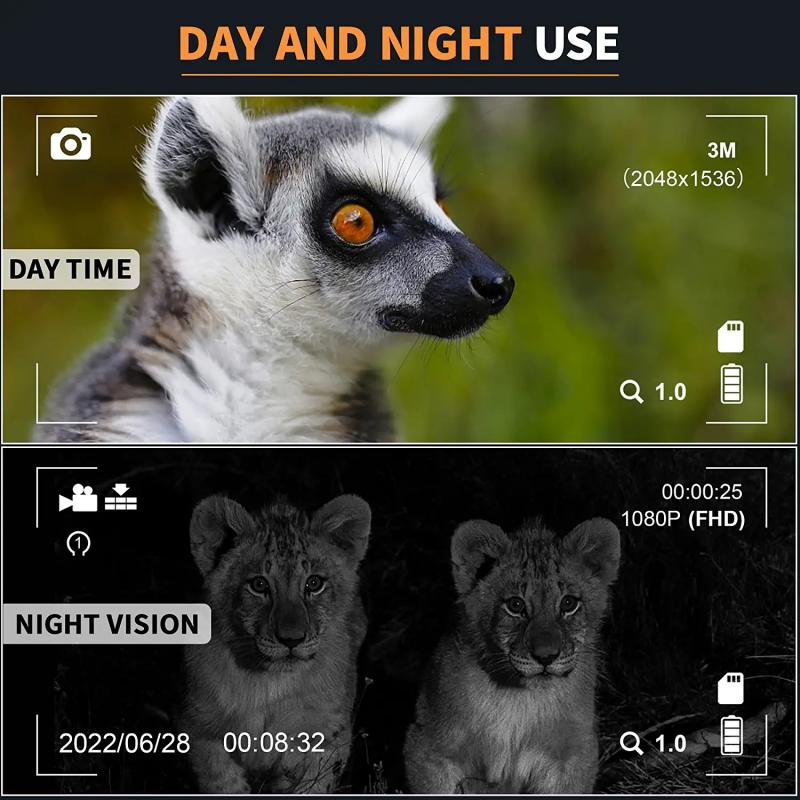
3、 Enhanced peripheral vision
The advantage of monocular vision lies in its ability to provide enhanced peripheral vision. Monocular vision refers to the use of only one eye to perceive depth and distance. While binocular vision, which involves the use of both eyes, offers better depth perception, monocular vision has its own unique benefits.
One advantage of monocular vision is its wider field of view. With only one eye, an individual can see a broader range of their surroundings, allowing for increased awareness of objects and movements in their peripheral vision. This enhanced peripheral vision can be particularly useful in situations where quick reactions are required, such as driving or playing sports. It enables individuals to detect potential hazards or incoming objects from the sides more easily, reducing the risk of accidents.
Moreover, monocular vision can provide a wider field of view in certain professions or activities. For example, photographers often close one eye while looking through the camera's viewfinder to better visualize the composition of the shot and anticipate any potential distractions or elements that could enhance the image. Similarly, individuals engaged in activities like archery or target shooting may find monocular vision advantageous as it allows them to focus on the target while maintaining awareness of their surroundings.
It is important to note that while monocular vision offers enhanced peripheral vision, it does come with limitations. Depth perception may be compromised, making it more challenging to accurately judge distances. However, the brain can compensate for this by utilizing other visual cues, such as relative size, motion parallax, and perspective.
In conclusion, the advantage of monocular vision lies in its ability to provide enhanced peripheral vision. This wider field of view can improve situational awareness, reaction times, and overall visual perception. While it may have limitations in terms of depth perception, the brain can adapt and utilize other visual cues to compensate for this.

4、 Improved motion detection
The advantage of monocular vision lies in its ability to provide improved motion detection. Monocular vision refers to the ability to perceive depth and distance using only one eye. While binocular vision, which involves the use of both eyes, provides better depth perception, monocular vision has its own unique advantages.
One of the key benefits of monocular vision is its enhanced ability to detect motion. With only one eye, the brain relies on the movement of objects across the visual field to determine their speed and direction. This allows for quicker detection of moving objects, making it particularly useful in situations where rapid reactions are required, such as in sports or driving.
Furthermore, monocular vision allows for a wider field of view. With two eyes, there is a small area where the visual fields of both eyes overlap, known as the binocular zone. Beyond this zone, each eye has its own separate field of view. Monocular vision expands the overall field of view, enabling individuals to have a broader perspective of their surroundings. This can be advantageous in activities such as surveillance, where a wider field of view can help detect potential threats or monitor a larger area.
In recent years, research has shown that monocular vision can also contribute to improved depth perception in certain situations. Studies have found that individuals with monocular vision can adapt and use various visual cues, such as motion parallax and perspective, to estimate depth accurately. This suggests that monocular vision may not be as limiting in terms of depth perception as previously believed.
In conclusion, the advantage of monocular vision lies in its improved motion detection capabilities. While binocular vision provides better depth perception, monocular vision offers a wider field of view and the ability to quickly detect moving objects. Additionally, recent research suggests that monocular vision can also contribute to accurate depth perception in certain contexts. Overall, monocular vision provides a unique perspective on the world and can be advantageous in various situations.
